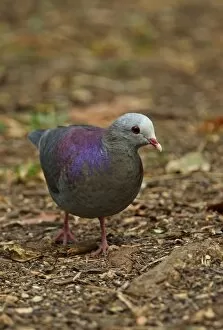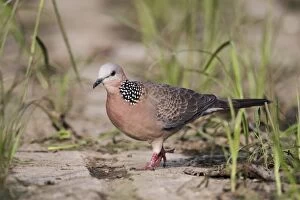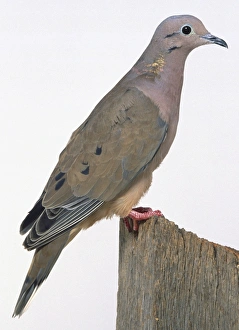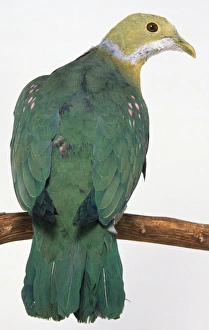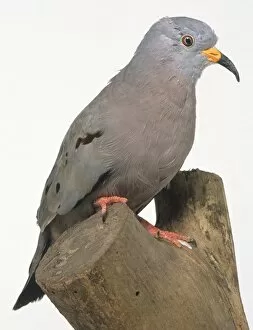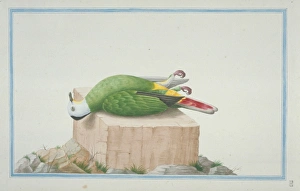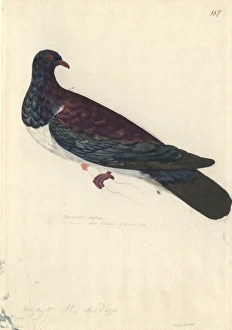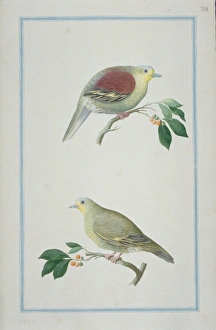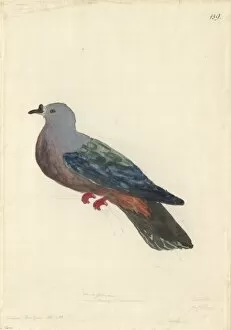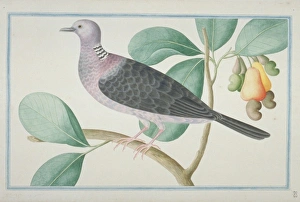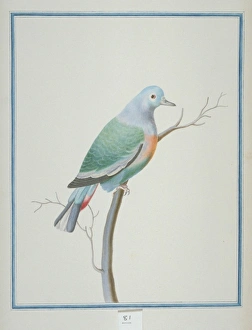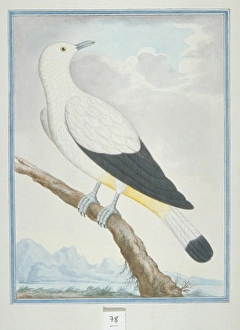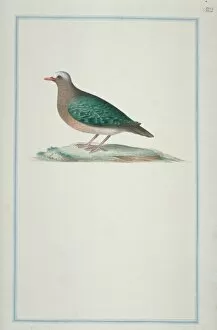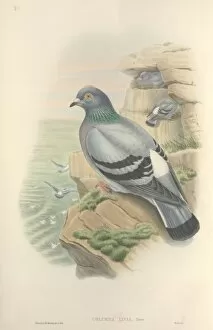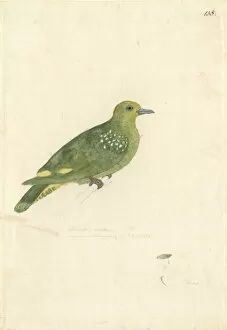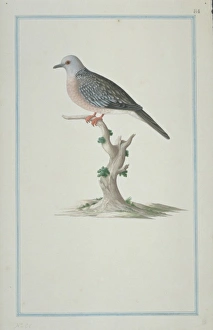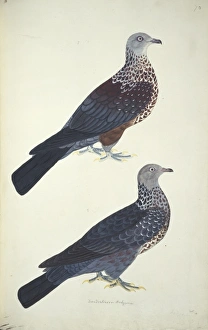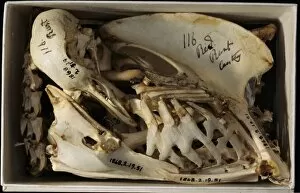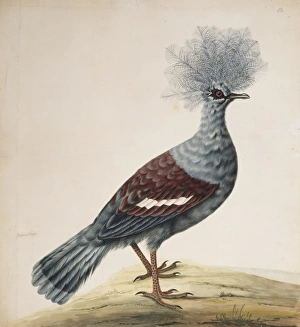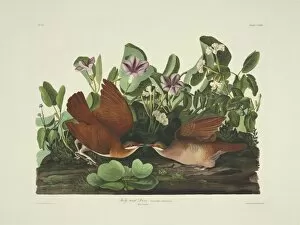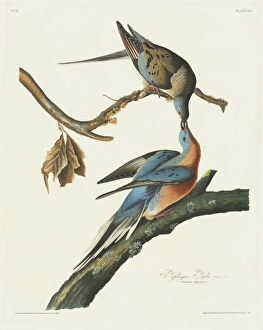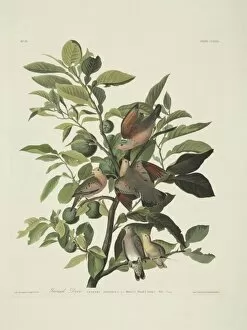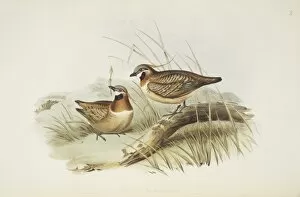Columbidae Collection (page 6)
Columbidae, also known as fancy pigeon breeds, are a diverse group of birds that captivate with their unique features and stunning plumage
All Professionally Made to Order for Quick Shipping
Columbidae, also known as fancy pigeon breeds, are a diverse group of birds that captivate with their unique features and stunning plumage. One such member is the Eurasian Collared Dove (Streptopelia decaocto), depicted in an illustration resembling a majestic pigeon-like bird. With its buffy-pink plumage and distinctive black neck collar, this dove exudes elegance from every angle. Another fascinating species within the Columbidae family is the New Zealand Pigeon Kereru (Raphus solitarius). Unlike any other bird, it shares similarities with the extinct Reunion white dodo (Raphus cucullatus). These remarkable creatures remind us of the diversity that once existed on our planet. Pigeons have long been associated with urban landscapes, often seen perched on rooftops. Their presence adds charm to city skylines and serves as a reminder of nature's resilience amidst concrete jungles. The Didus ineptus or dodo design showcases pigeons in flight, symbolizing freedom and adaptability. Muffed Flying Tumblers are another breed worth mentioning; these pigeons possess unique traits like fluffy feathers around their legs while soaring through the sky. They exemplify gracefulness combined with unmatched aerial acrobatics. In contrast to these fancy breeds, we find common wood pigeons (Columba palumbus) perched on branches across Europe's Baltic Sea island of Fehmarn in Germany. Their peaceful demeanor reminds us of how nature can thrive even in unexpected places. Lastly, let's not forget about the dodo - Raphus cucullatus - whose skeletal remains serve as a haunting reminder of extinction caused by human activities. This unfortunate fate highlights our responsibility to protect and preserve all members for future generations to appreciate their beauty and significance.

